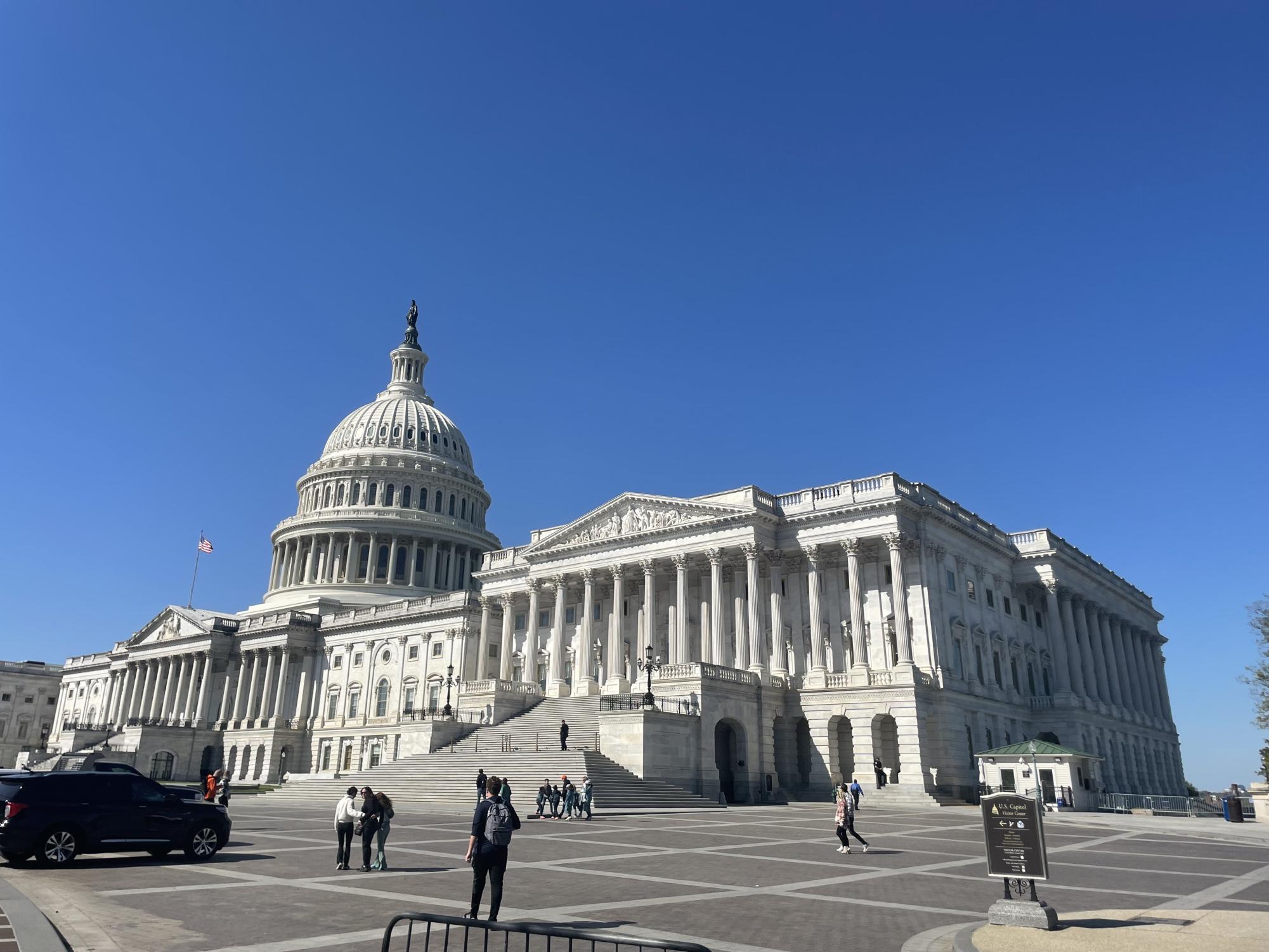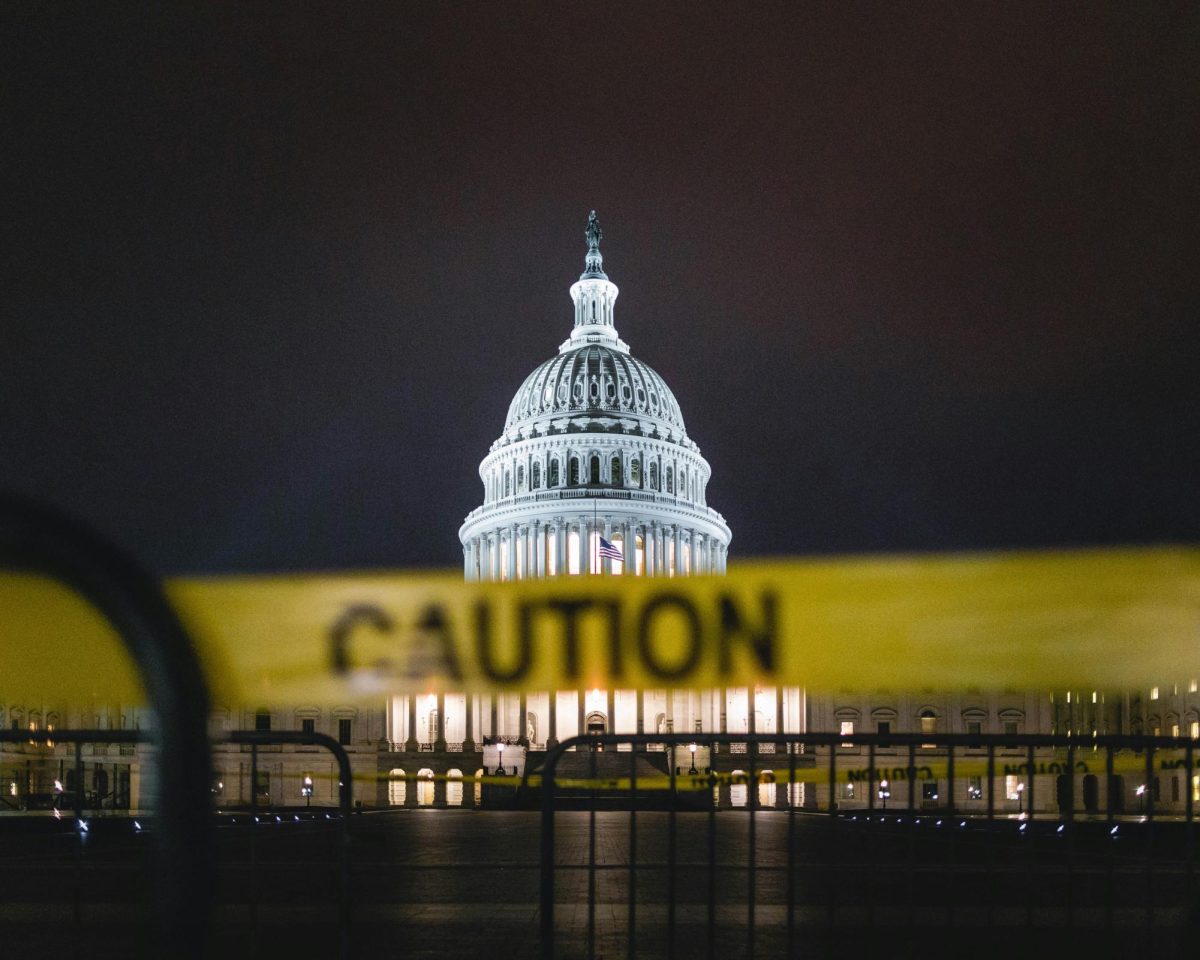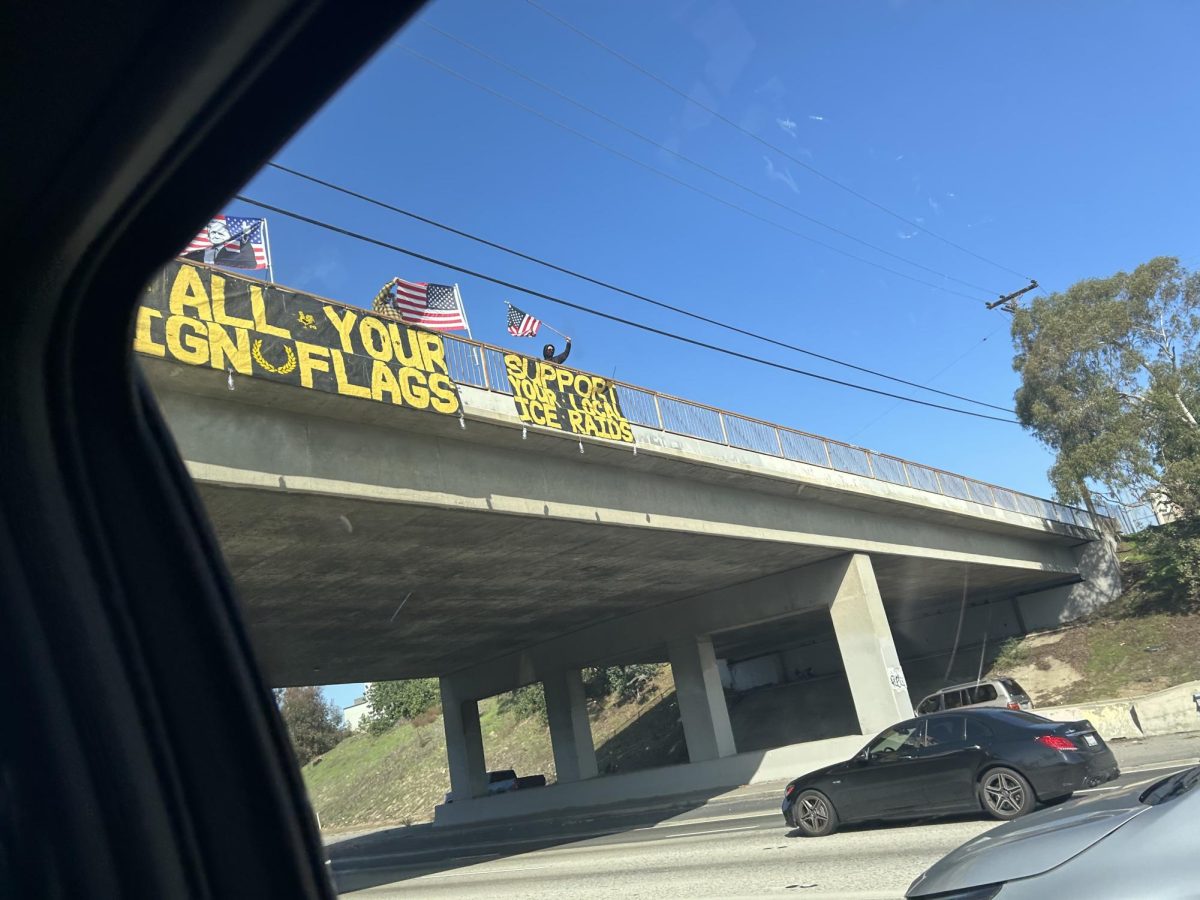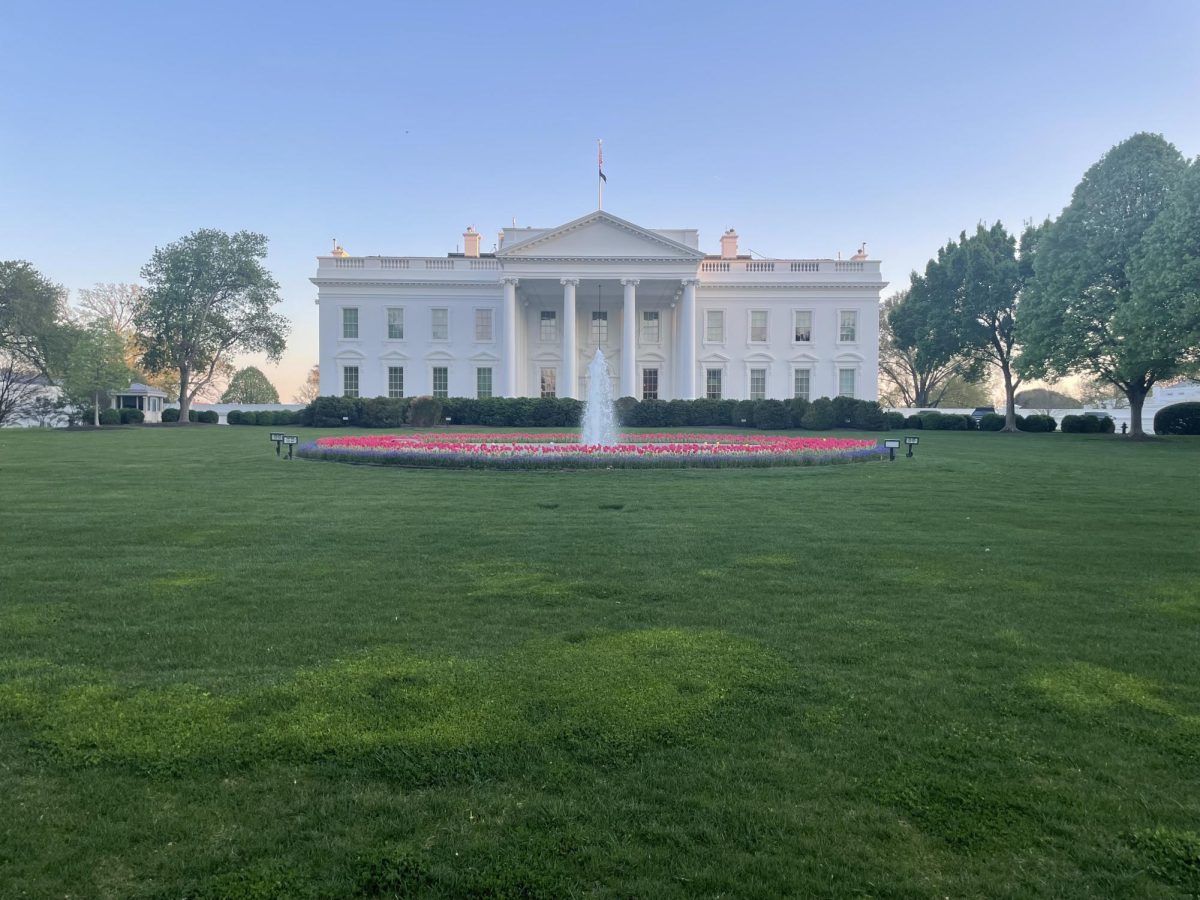LOS ALAMITOS, Calif. — President Donald Trump has begun efforts to deploy troops to cities across the nation in an effort to decrease crime and continue his immigration crackdown.
In the Posse Comitatus Act of 1878 Congress declared that it was forbidden to enact federal military force for civilian law enforcement following its excessive use during the Civil War and the Reconstruction, the period that followed the Civil War. However, nearly 100 years later, in 1956, Title 10 of the U.S. Code, a congressional statute, was passed. This law specifically modified the Posse Comitatus Act restrictions, giving the President the authority to deploy any state’s National Guard during an “invasion by a foreign nation” or a “rebellion” against the federal government or in the case that “the President is unable with the regular forces to execute the laws of the United States.” This law outlines that the National Guard generally can not be used as a domestic military force although there are exceptions.
“The governor (usually mobilizes the national guard) but then a president has the ability to federalize the national guard,” said Advanced Placement United States History and world history teacher Mrs. Grimshaw. “History shows us the most recent example was back in the Eisenhower administration when Dwight D. Eisenhower federalized the National Guard that were keeping young people out of Little Rock Central High School.”
All 50 states, including Washington D.C., have National Guard troops, as well as U.S. territories like Puerto Rico, Guam and the Virgin Islands. These troops may be deployed abroad, while some units specialize in areas like wildfire disaster relief and securing the border.
The National Guard still has limited powers; they cannot enforce the law, participate in arrests, searches or seizures.
Beginning in June 2025, President Trump mobilized thousands of National Guard troops and Marines to Los Angeles, Calif., to protect Immigration Customs and Enforcement agents, in addition to other federal employees and property, which had become the site of protests throughout the summer as part of the “No-Kings” protests.
“There is no war in America, (so) why are we sending our troops and federalizing our nation?” said Mrs. Grimshaw.
Trump has also said that, if he found it necessary, he would use the power granted to him in the Insurrection Act, which gives the president the power to deploy the military for law enforcement use.
“Whenever there is an insurrection in any State against its government, the President may, upon the request of its legislature or of its governor, if the legislature cannot be convened, call into federal service such of the militia of the other states, in the number requested by that State, and use such of the armed forces, as he considers necessary to suppress the insurrection,” says the Insurrection Act.
Regardless of whatever Trump decides to do next with the National Guard, the battle in courts over the legality of these descisons seems likely to continue.









